Project: Impact valuation for power line alternatives assessment
Client: ECO Consult for Asian Development Bank
Location: Uzbekistan
Objective: To conduct a detailed alternatives assessment and environmental cost-benefit analysis (E-CBA) as part of an ESIA to meet lender requirements for an 843 km overhead transmission line connecting a proposed wind farm to urban areas in Uzbekistan. Major cities in Uzbekistan had been experiencing power shortages so a reliable source of power was seen as crucial for their energy security. However, the proposed transmission line intersected migratory routes and breeding areas of Macqueen’s Bustards, listed as vulnerable on the IUCN red list.
Our role: Sustain Value produced an updated alternatives assessment chapter for the development’s ESIA, as the original was not considered good enough. As part of this assignment, we developed an environmental cost-benefit analysis (E-CBA) and multi-criteria analysis (MCA) based Appraisal Summary Table framework to quantify and value key impacts and trade-offs. The impacts assessed ranged from construction/operation costs to visual impacts on local households and wilderness areas and were assessed using a mix of monetary and qualitative values. These were used to compare the proposed overhead transmission line with various alternative options, including i) putting the entire transmission line underground, ii) putting particularly sensitive sections underground, and iii) a selection of route alternatives to align with existing infrastructure or to avoid agricultural land.
Outcome: The assessment revealed that the proposed overhead transmission line was the most cost-effective approach considering the full range of impacts assessed. The assessment also justified certain changes in transmission line routing from the original proposed routing. The assessment was approved by the lender as demonstrating a thorough assessment of alternatives to the proposed development.

